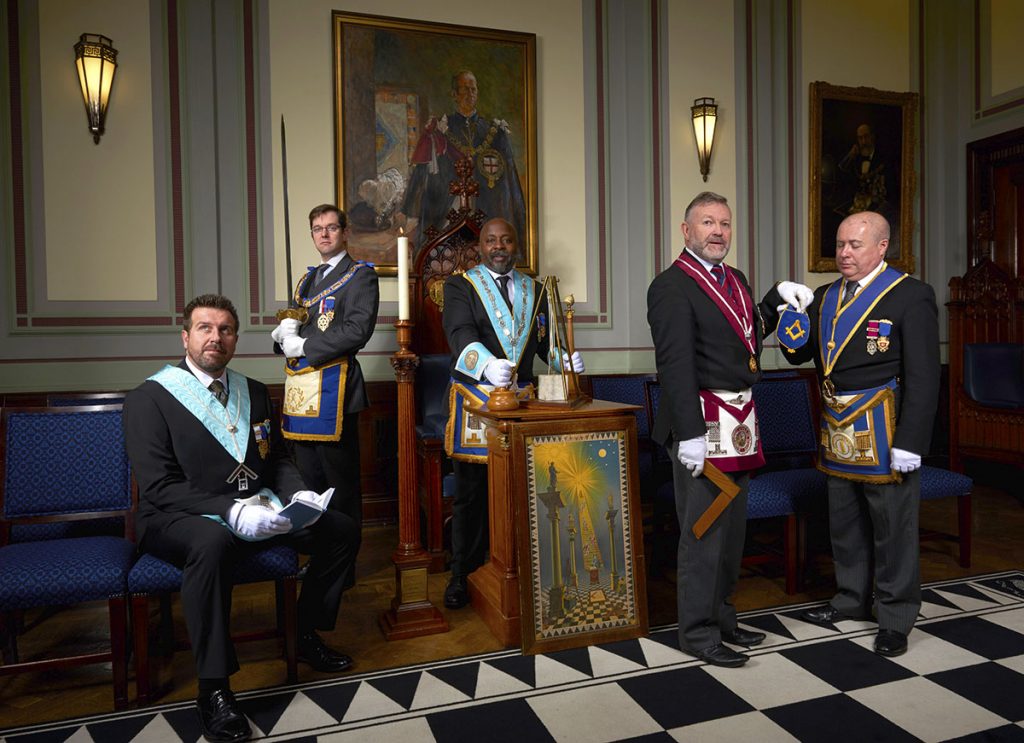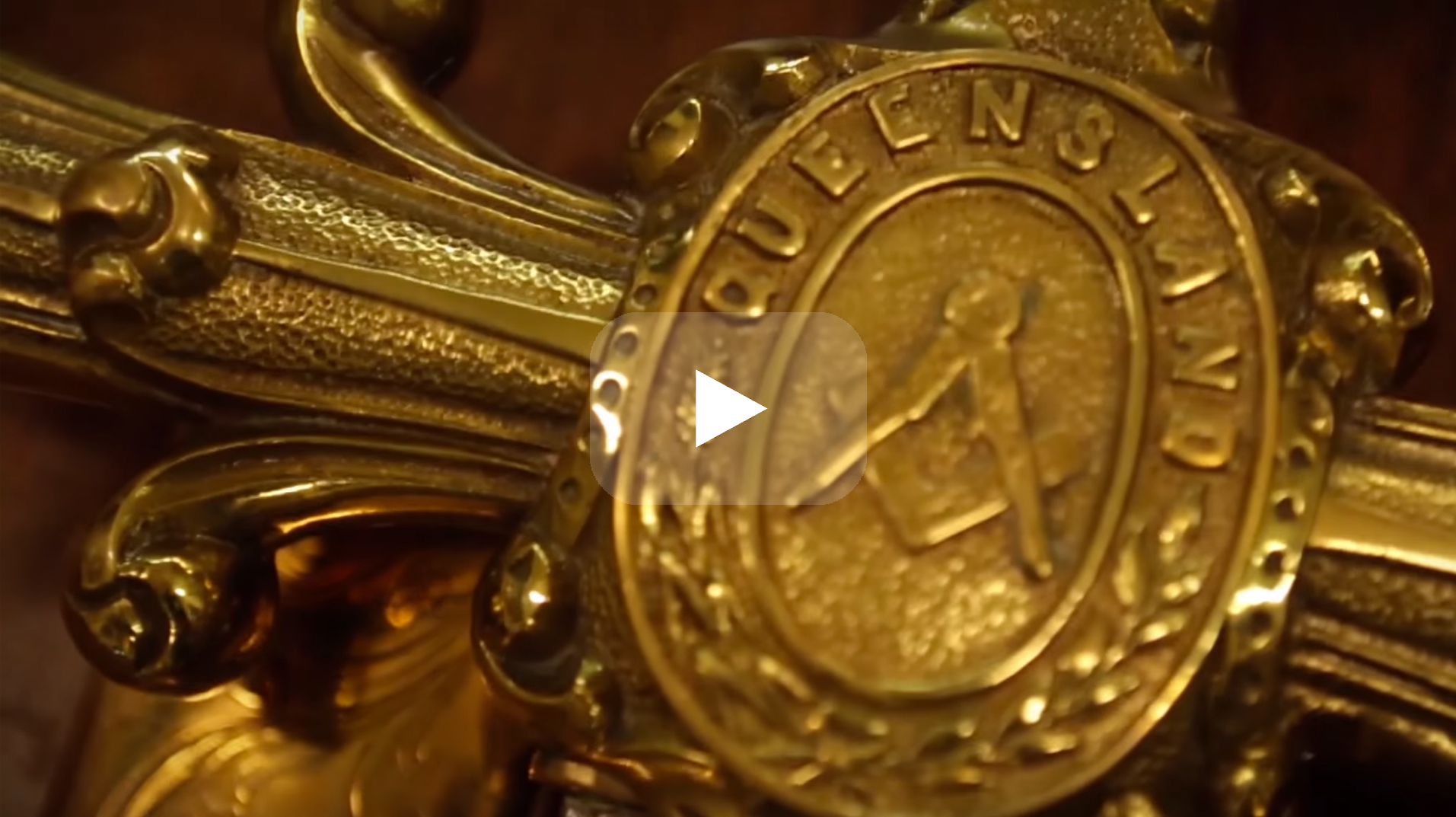Essential Steps on How to Successfully Join Freemason in Your Area
Essential Steps on How to Successfully Join Freemason in Your Area
Blog Article
Exploring the Mysteries of the copyright: What You Need to Know
The copyright, a term often shrouded in intrigue and dispute, stands for a complex tapestry of historical fact and modern misconception. Established in the late 18th century, this secret society was initially rooted in the Enlightenment's suitables yet has considering that become synonymous with conspiracy theory concepts concerning elite control. As we navigate the origins, vital figures, and the stark contrast between misconception and truth, one have to consider exactly how these narratives influence contemporary perceptions of power and secrecy. What may be revealed via a better assessment of these elements might challenge long-held presumptions concerning the shadows that stick around in our society.
Origins of the copyright
The origins of the copyright are steeped in a mix of historic intrigue and ideological fervor. Developed in 1776 in Ingolstadt, Bavaria, by Adam Weishaupt, the team was at first developed as a secret culture targeted at promoting Enlightenment perfects such as factor, secularism, and the splitting up of church and state. join freemason. Weishaupt, a teacher of canon regulation, sought to challenge the prevailing authority of the church and state, which he deemed oppressive organizations suppressing intellectual and personal flexibility
The copyright sought to hire significant members from various societal industries, consisting of national politics, academic community, and the arts, to foster a network dedicated to these Knowledge principles. The culture run under a veil of privacy, utilizing coded language and rituals to shield its members from mistreatment, specifically provided the repressive climate of the moment. The copyright dealt with substantial opposition from both governmental authorities and religious organizations, which watched the team as a threat to their power.
Key Numbers and Members
Who were the essential numbers that shaped the copyright's early impact and direction? The Bavarian copyright, started in 1776 by Adam Weishaupt, became a reaction to the oppressive social frameworks of the time. Weishaupt, a regulation professor, imagined the organization as a way to promote Enlightenment ideals such as factor, secularism, and equality. His initial recruitment efforts included influential pundits, such as Baron von Knigge, who played an important duty in broadening the group's subscription and organizational framework.
An additional considerable number was Johann Gottlieb Fichte, a popular philosopher whose concepts on nationalism and education reverberated with the copyright's goals. Fichte was not an official member, his thoughtful supports influenced the group's ideology. Furthermore, numbers like the author and thinker Johann Wolfgang von Goethe were associated with the broader intellectual activities of the time, although their straight involvement with the copyright stays discussed.
These vital figures added to the copyright's early instructions, pushing the boundaries of political and social thought, while their cumulative initiatives aimed to challenge well-known standards and cultivate a climate of dynamic modification in Europe. (join freemason)
Myths vs. Truth
Numerous misunderstandings border the copyright, usually mixing reality with fiction in a way that covers its real nature. The concept that the copyright proceeds to apply significant influence over world events is a misconception.
One more prevalent myth is that the copyright comprises a network of elite people adjusting worldwide affairs. In truth, several conspiracy concepts overemphasize the team's importance, associating unfounded objectives to social patterns and events. This has resulted in an oversimplified sight of complicated problems.
Additionally, the portrayal of the copyright in popular society usually additional distorts its heritage. Movies and literary works often tend to site link sensationalize the organization's role, developing a narrative that diverges from historic facts. Comprehending the difference in between the myths and the fact of the copyright is vital for discerning the real effect of this historical team and acknowledging the more comprehensive implications of conspiracy theories in modern culture.

Modern Analyses
Contemporary interpretations of the copyright typically mirror broader social stress and anxieties and a fascination with privacy and power. This contemporary lens regularly connects the copyright with conspiracy concepts that suggest a surprise elite manages world occasions, manipulating federal governments and economic climates for their very own gain. Such stories tap right into an ingrained mistrust of authority, specifically in times of dilemma or social turmoil.
In popular culture, the copyright is commonly shown as an omnipotent company shrouded in enigma, leading to a plethora of imaginary representations in literary works, movie, and music. This representation serves not just to amuse but likewise to provoke thought of the nature of power and control go to this website in modern culture. Social network has actually further enhanced these interpretations, permitting for rapid dissemination of conspiracy theory concepts and creating neighborhoods that share and broaden upon these concepts.
Furthermore, some contemporary analyses mount the copyright as an allegory for the complexities of globalization and the interconnectedness of prominent people and companies. This viewpoint encourages a vital exam of just how power dynamics run in today's world, highlighting the balance between transparency and secrecy in governance and business methods.
Cultural Impact and Legacy
Influenced by centuries of intrigue, the social influence and tradition of the copyright prolong far past its historical origins. This secret society, developed in the late 18th century, has permeated various elements of pop culture, from literature and film to songs and art. join freemason. The idea of the copyright has actually progressed into a symbol of conspiracy theory concepts, often representing a regarded concealed power controling global occasions
In literary works, authors like Dan Brown have actually woven the copyright into complex plots, exciting visitors with themes of privacy and power. Movies such as "National Treasure" and "The Da Vinci Code" better bolster the appeal of the society, mixing fact with fiction to develop appealing narratives.

Inevitably, the copyright's tradition is a complex tapestry of misconception and truth, shaping assumptions of secrecy and control in modern discourse. Its long-lasting existence in culture highlights humankind's perennial pursuit for understanding hidden facts.

Conclusion
The expedition of the copyright exposes a complex interaction between historical realities and contemporary myth-making. Founded in the Knowledge era, this culture aimed to challenge overbearing frameworks, yet its legacy has been outweighed by conspiracy concepts that suggest elite control. Understanding the differences in between the original perfects and contemporary analyses is important for understanding the enduring fascination with the copyright and its navigate to this website considerable impact on cultural narratives bordering power and secrecy in society.
Report this page